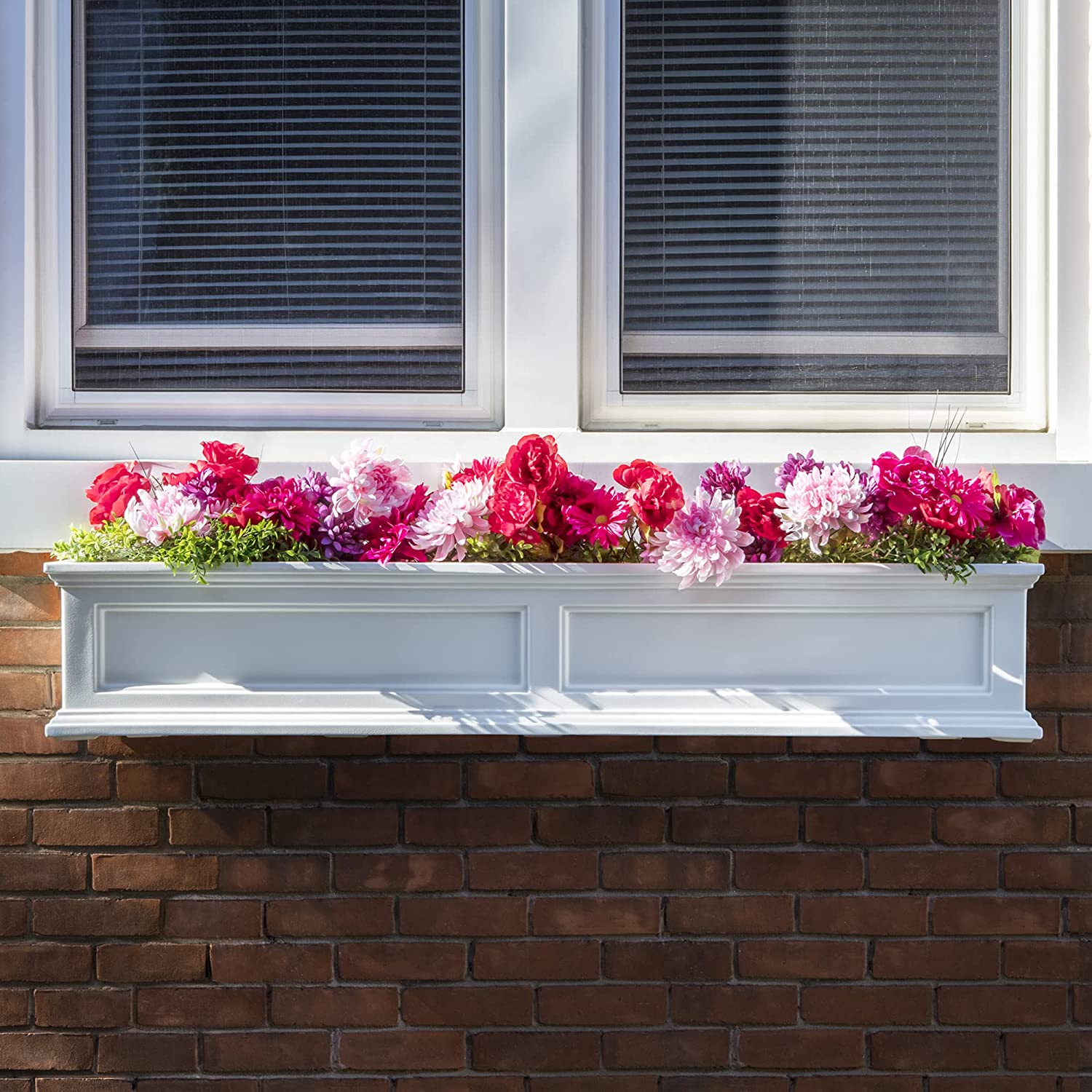

Articles
How To Make Window Flower Boxes
Modified: January 19, 2024
Learn how to enhance your garden with beautiful window flower boxes. Discover step-by-step instructions and expert tips for creating the perfect garden addition.
(Many of the links in this article redirect to a specific reviewed product. Your purchase of these products through affiliate links helps to generate commission for Storables.com, at no extra cost. Learn more)
Introduction:
Welcome to the world of window flower boxes! If you’re looking to add a touch of beauty and charm to your windows, window boxes are a fantastic addition. Not only do they enhance the curb appeal of your home, but they also provide an opportunity to unleash your creativity and showcase your gardening skills.
In this guide, we’ll walk you through the step-by-step process of creating your very own window flower boxes. From choosing the right box to selecting the perfect plants and maintaining them, you’ll have all the information you need to create stunning window displays.
Whether you’re a seasoned gardener or a complete beginner, this guide will be your go-to resource for creating beautiful and thriving window flower boxes. So roll up your sleeves, grab your gardening gloves, and let’s dive in!
Key Takeaways:
- Create stunning window displays by choosing the right box, selecting plants, and maintaining your window flower boxes. Let your creativity shine and bring joy to your home with vibrant blooms and lush foliage.
- Enhance your home’s curb appeal and express your gardening skills by crafting beautiful window flower boxes. From preparation to mounting, enjoy the process and create your own garden oasis at your windows.
Read more: How To Install Window Flower Boxes On Brick
Materials and Tools Needed:
Before you begin, make sure you have the following materials and tools handy:
- Window box: Choose a box that fits your window dimensions and complements your home’s aesthetics. Options include wooden, plastic, and metal boxes.
- Liner: To prevent water damage, line the interior of the window box with a liner made of plastic or coco coir.
- Drill: You’ll need a drill to create drainage holes in the box if they aren’t already present.
- Potting soil: Use high-quality potting soil that is well-draining and rich in nutrients.
- Plants: Select a variety of plants that suit your location and personal preferences. Consider using a mix of flowers, foliage, and trailing plants for added visual interest.
- Trowel: A trowel or garden spade will help you fill the box with soil and arrange the plants.
- Watering can: Keep your window box plants hydrated with a watering can or hose.
- Fertilizer: Depending on the needs of your plants, you may want to use a slow-release or liquid fertilizer to promote healthy growth.
- Mounting brackets or brackets: Choose sturdy brackets or mounting hardware to secure the window box to your window frame or railing.
- Level: Use a level to ensure the window box is properly aligned.
Having these materials and tools on hand will make the process of creating your window flower boxes much smoother and more enjoyable. Once you have everything ready, you can move on to the next steps in the process.
Step 1: Choosing the Right Window Box
The first step in creating your window flower boxes is selecting the right box for your windows. Consider the following factors when making your decision:
- Material: Window boxes come in various materials such as wood, plastic, and metal. Each material has its own advantages and considerations. Wood provides a traditional and natural look, but it may require more maintenance. Plastic is durable and lightweight, making it easy to handle and clean. Metal boxes can add a contemporary touch and are often more weather-resistant.
- Size and Shape: Measure your windows and choose a box that fits the space appropriately. Ensure that the box is not too heavy for your window frame or railing. Consider the depth of the box to allow sufficient space for root growth.
- Drainage: Look for a window box that has drainage holes or the ability to add them. Proper drainage is essential to prevent waterlogged soil and root rot.
- Aesthetics: Consider the style and design of your home when selecting a window box. Choose a box that complements the architecture and color scheme of your house.
Take your time and explore different options before making a final decision. Visit local garden centers or browse online to find a window box that meets your preferences and requirements.
Once you have chosen the perfect window box, you can move on to the next steps of selecting the plants and preparing the box for planting.
Step 2: Selecting the Plants
Now that you have your window box ready, it’s time to choose the plants that will bring life and color to your display. When selecting plants for your window flower boxes, consider the following:
- Sunlight Requirements: Assess the amount of sunlight your windows receive throughout the day. Different plants have varying sunlight requirements, so choose plants that will thrive in your specific lighting conditions.
- Thriller, Filler, and Spiller: Create visual interest and depth in your window box by incorporating plants with different growth habits. Consider using a “thriller” plant as the centerpiece, taller plants that add height and drama. “Filler” plants are medium-sized and fill out the box, while “spiller” plants cascade over the edges and soften the overall look.
- Color and Texture: Choose plants that complement each other in terms of color and texture. Select a color palette that coordinates with your home’s exterior and consider combining plants with different leaf shapes and textures for added visual appeal.
- Seasonal Variations: If you want your window flower boxes to bloom year-round, select a combination of plants that offer a range of seasonal interest. Mixing annuals, perennials, and seasonal bulbs can give your boxes a fresh and ever-changing display.
- Plant Compatibility: Ensure that the selected plants have similar water and sunlight requirements to make caring for them easier. Plants with similar needs will thrive together and require less attention.
Consider your personal preferences and the overall aesthetic you want to achieve. Whether you prefer vibrant and bold colors or a more subtle and delicate arrangement, there are countless plant options to suit your style.
Once you have chosen the plants, it’s time to move on to the next step: preparing the window box for planting.
Step 3: Preparing the Window Box
With your selected plants in mind, it’s time to prepare the window box for planting. Follow these steps to ensure your plants have a healthy and thriving environment:
- Clean the box: Before adding any soil, clean the window box to remove any debris or dirt. This will prevent pests and diseases from affecting your plants.
- Add drainage holes: If your window box doesn’t already have drainage holes, use a drill to create them. Adequate drainage is crucial to prevent water from pooling in the box and causing root rot.
- Add a liner: Line the interior of the window box with a liner made of plastic or coco coir. This liner will help retain moisture and protect the box from water damage.
- Optional: Add a water reservoir: If you want to minimize the frequency of watering, consider adding a water reservoir to the bottom of the window box. This will provide a reservoir of water for the plants to draw from when needed.
- Optional: Paint or seal the box: If you’re using a wooden window box, consider painting or sealing it to protect it from the elements and extend its lifespan. Use non-toxic paint or sealant suitable for outdoor use.
By properly preparing the window box, you are creating an optimal environment for your plants to grow and thrive. Once you have completed these steps, you can move on to the next step: filling the window box with soil.
When making window flower boxes, be sure to choose a durable material such as cedar or redwood to withstand outdoor conditions. Also, consider adding a liner to protect the wood and prolong the life of the box.
Read more: How To Make Flower Boxes For Porch Railings
Step 4: Filling the Window Box with Soil
Now that your window box is prepared, it’s time to fill it with nutrient-rich soil. Follow these steps to ensure proper soil composition:
- Select high-quality potting soil: Choose a well-draining potting soil that is suitable for the types of plants you have selected. Avoid using garden soil, as it tends to be heavy and may not provide the proper drainage your plants need.
- Add organic matter: Enhance the soil’s fertility by adding organic matter such as compost or well-rotted manure. This will provide essential nutrients to your plants throughout the growing season.
- Fill the window box: Begin by filling the window box with soil, leaving a small gap at the top to prevent soil from overflowing when watering. Tamp down the soil gently to remove any air pockets.
- Level the soil: Use a trowel or your hands to level the soil evenly, creating a flat surface for planting.
It’s important to ensure that the soil is loose and well-draining to promote healthy root growth. Avoid overpacking the soil, as this can restrict water flow and inhibit plant growth. After the window box is filled with soil, it’s time to move on to the exciting step of arranging your chosen plants.
Step 5: Arranging the Plants
With your window box filled with soil, it’s time to arrange your chosen plants in an aesthetically pleasing and balanced manner. Follow these steps to create a visually appealing arrangement:
- Plan your layout: Before planting, consider the height, spread, and growth habits of your selected plants. Place taller plants towards the back or center of the window box, while cascading or trailing plants can be positioned towards the front or edges.
- Start with the focal point: Position your “thriller” plant, which is typically a taller and eye-catching specimen, as the focal point of the arrangement. This plant will draw attention and create visual interest.
- Fill in with fillers: Surround the focal point plant with “filler” plants, which are medium-sized and add volume to the arrangement. Distribute these plants evenly throughout the window box, keeping in mind their growth habits and color combinations.
- Add trailing plants: Trailers or “spiller” plants are typically placed towards the edges of the window box, allowing them to cascade over the sides. These plants soften the overall look and add a sense of depth to the arrangement.
- Leave space for growth: Ensure there is adequate space between the plants to allow for their growth and prevent overcrowding. This will also allow for better air circulation and reduce the risk of disease.
As you arrange your plants, step back and assess the overall composition. Make any adjustments as needed to achieve a balanced and visually pleasing display. Don’t be afraid to get creative with color combinations and textures to create a unique and beautiful window box.
Once your plants are arranged to your satisfaction, you can move on to the next step: watering and maintenance.
Step 6: Watering and Maintenance
Proper watering and maintenance are crucial to ensure the health and longevity of your window flower boxes. Follow these guidelines to keep your plants thriving:
- Watering: Water your window flower boxes regularly, especially during dry spells or hot weather. Be mindful not to overwater or underwater your plants. Check the moisture level of the soil by inserting your finger about an inch deep into the soil. If it feels dry, it’s time to water. Ensure that the water reaches the roots and drains properly from the bottom of the box.
- Fertilizing: Feed your plants regularly to promote healthy growth and vibrant blooms. Follow the instructions on the fertilizer package and apply it accordingly. Organic options such as compost or fish emulsion can also be used for a more natural approach.
- Deadheading: Remove faded or spent flowers regularly to encourage new blooms. This process, known as deadheading, helps redirect the plant’s energy into producing more flowers.
- Weeding: Keep your window flower boxes free from weeds that can compete with your plants for nutrients and water. Regularly inspect the box and remove any weeds that appear.
- Pruning: If your plants become overgrown or straggly, trim them back to maintain their shape and encourage bushier growth. Pruning also helps in maintaining a balanced and neatly arranged window box.
- Pest and disease control: Keep an eye out for pests and signs of diseases. If you notice any issues, promptly address them with organic pest control methods or appropriate treatments to prevent further damage.
- Seasonal maintenance: Depending on your climate, you may need to make adjustments to your window flower boxes throughout the seasons. Consider replanting with seasonal flowers or protecting the boxes during extreme weather conditions.
Regularly attending to these maintenance tasks will ensure that your window flower boxes remain healthy and visually appealing throughout the growing season. With proper care, your windows will become a delightful showcase of vibrant blooms and lush foliage.
Now that you know how to care for your window flower boxes, it’s time to move on to the final step: mounting the window boxes.
Step 7: Mounting the Window Box
With your window flower box complete, it’s time to mount it securely to your window frame or railing. Follow these steps to ensure a stable and safe installation:
- Choose the mounting location: Select the ideal spot for your window box, considering factors such as sunlight exposure and visual appeal. Ensure that the chosen location can support the weight of the box when filled with soil and plants.
- Attach mounting brackets: Use sturdy mounting brackets or hardware suitable for your window box and window frame or railing. Follow the manufacturer’s instructions for proper installation.
- Level the box: Use a level to ensure that the window box is mounted evenly and doesn’t slope or tilt to one side. This will prevent excessive water pooling and ensure proper plant growth.
- Secure the box: Once the brackets are properly attached, secure the window box in place. Double-check that it is stable and doesn’t wobble or move when touched.
When mounting your window box, it’s important to ensure that it is securely attached to prevent accidents or damage. Consider using additional support, such as brackets or reinforcement, for larger or heavier window boxes.
Once your window box is mounted, step back and admire your handiwork. Your beautiful window flower box is now ready to enhance the exterior of your home and bring joy to all who pass by.
Remember to regularly water, fertilize, and maintain your window flower boxes to keep them looking their best. Enjoy the beauty and tranquility they bring to your windows, and embrace your newfound skill of creating stunning window displays!
With this final step, the process of making window flower boxes is complete. Congratulations on your green thumb and the creation of your personal garden oasis!
Happy gardening!
Read more: How To Make Window Box Valances
Conclusion:
Creating window flower boxes is a delightful way to add beauty and charm to your home. By following the steps outlined in this guide, you have gained the knowledge and skills to create stunning window displays that will captivate and inspire. From choosing the right window box to selecting the perfect plants, preparing the box, and arranging the plants, each step plays a crucial role in the success of your window flower boxes.
Remember that creativity is key in designing your window boxes. Experiment with different plant combinations, colors, and textures to reflect your personal style and complement the aesthetics of your home. Whether you prefer a vibrant and bold arrangement or a soft and delicate display, let your imagination guide you and create a window box that brings joy to your heart.
Once your window flower boxes are in place, be sure to provide proper care and maintenance. Water and fertilize regularly, deadhead faded blooms, and address any pest or disease issues promptly. With a little attention and care, your window boxes will flourish and thrive, creating a picturesque scene that will be the envy of all who pass by.
Remember, the beauty of window flower boxes extends beyond your own enjoyment. They also enhance the curb appeal of your home, adding value and attractiveness to your property. So, embrace your green thumb, let your creativity soar, and enjoy the process of creating your own little garden oasis at your windows.
Now that you have all the tools and knowledge needed, it’s time to embark on your window flower box journey. Get ready to brighten up your windows and make a statement with nature’s beauty!
Happy gardening!
Frequently Asked Questions about How To Make Window Flower Boxes
Was this page helpful?
At Storables.com, we guarantee accurate and reliable information. Our content, validated by Expert Board Contributors, is crafted following stringent Editorial Policies. We're committed to providing you with well-researched, expert-backed insights for all your informational needs.

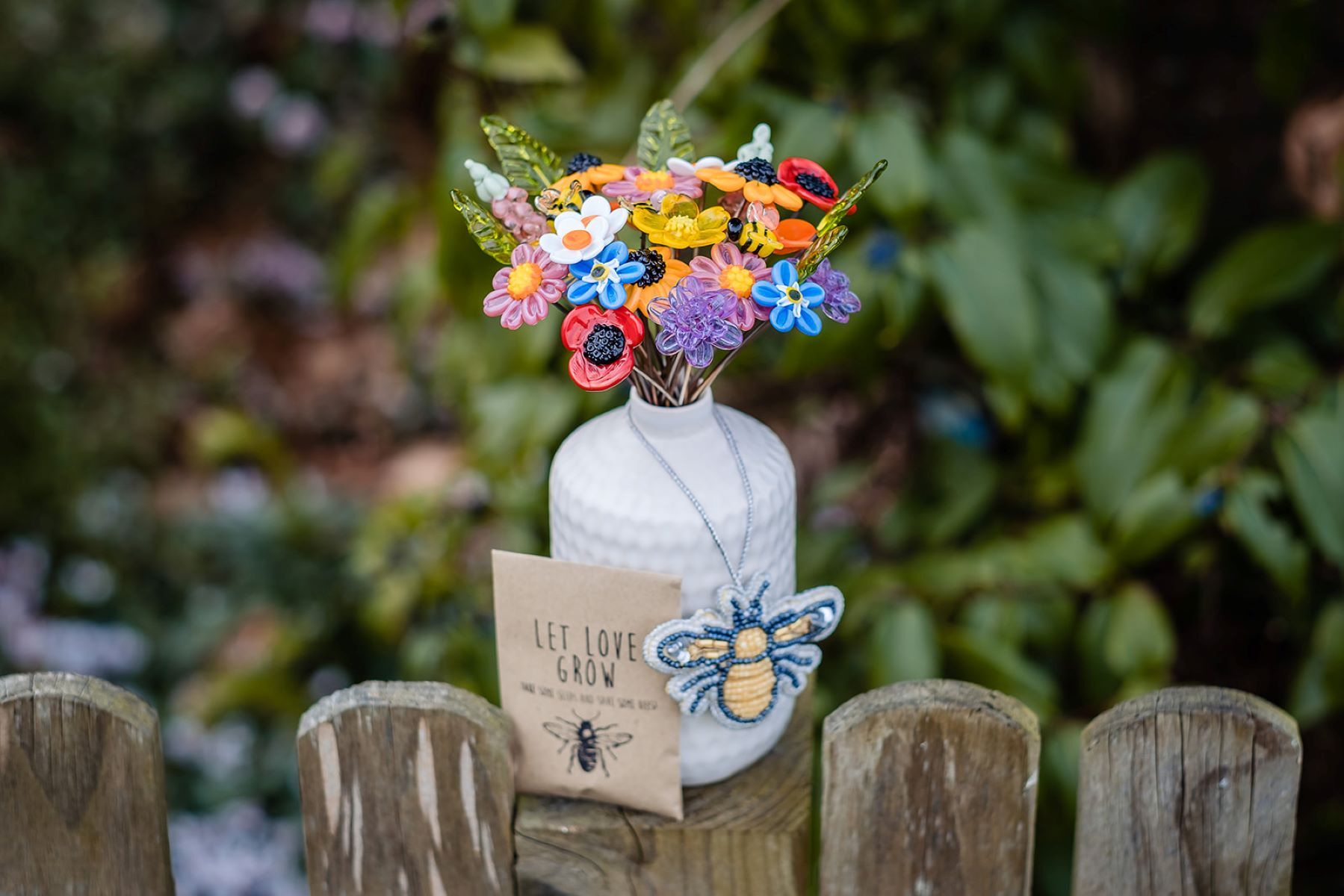
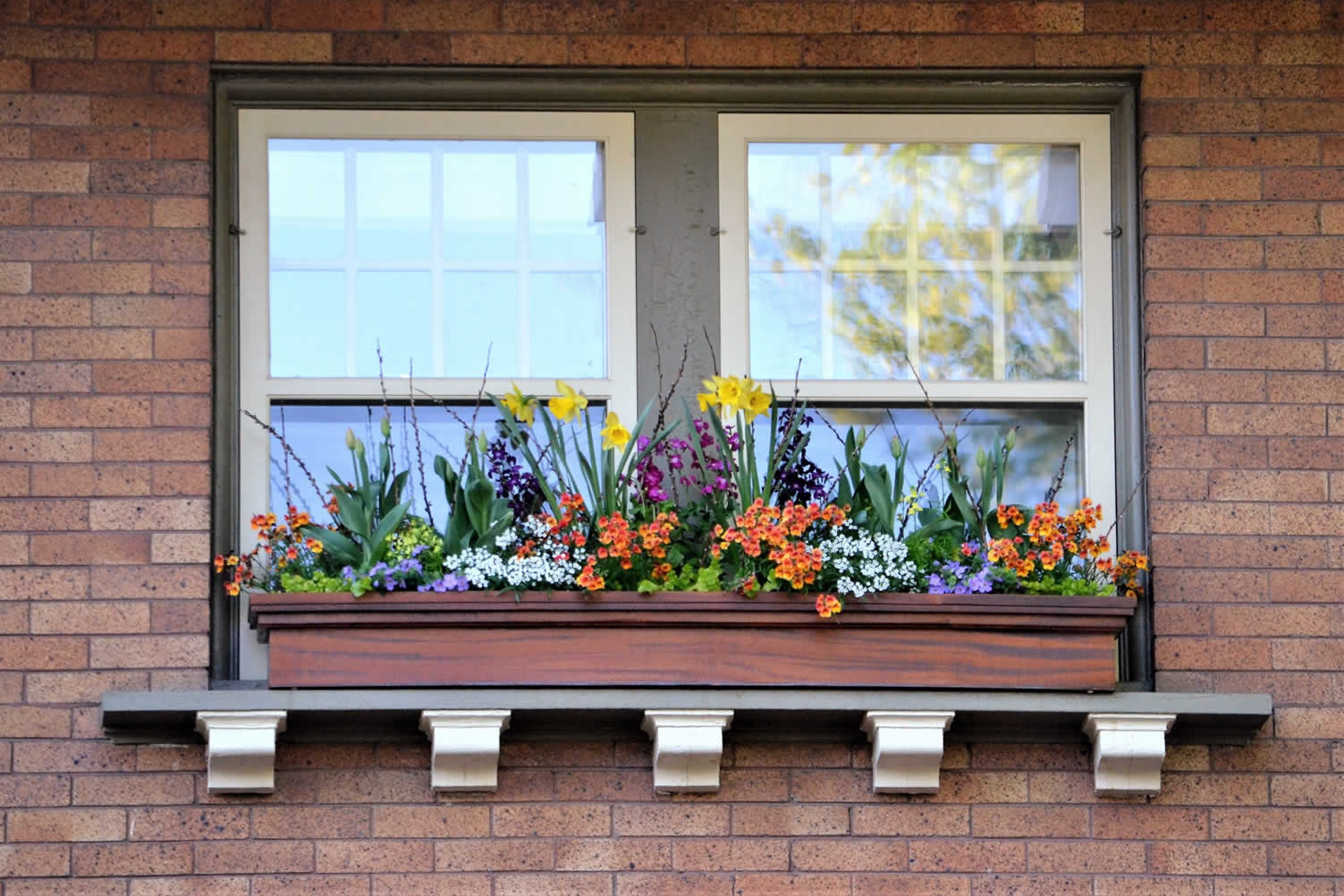
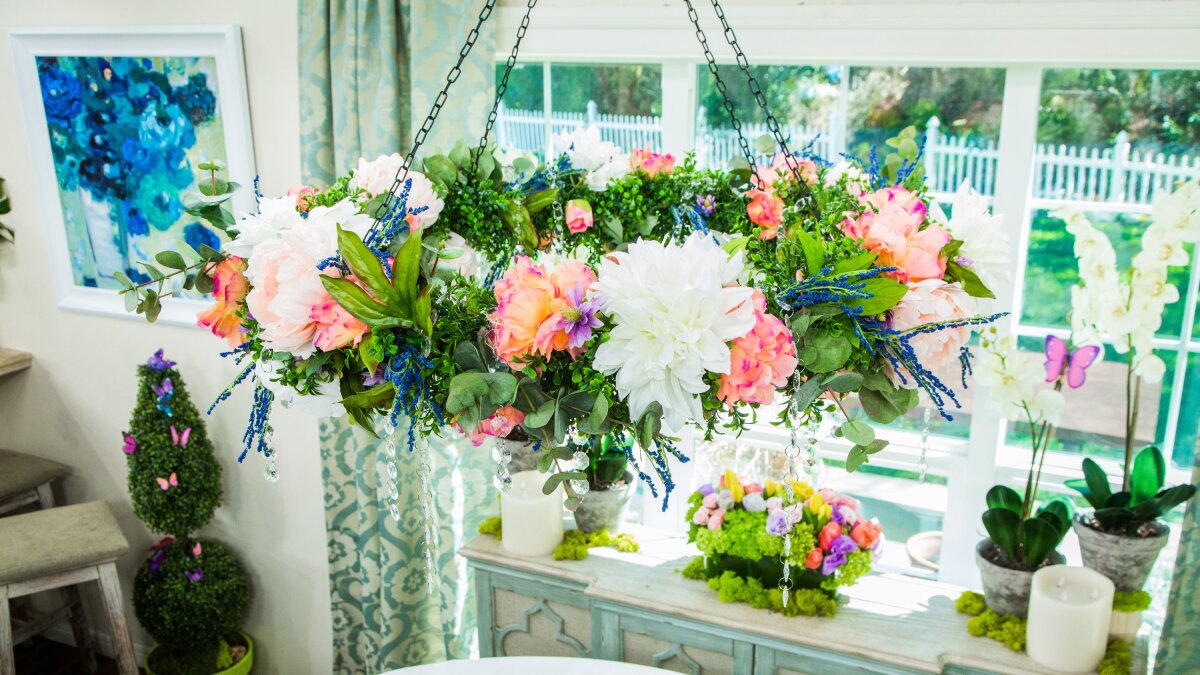
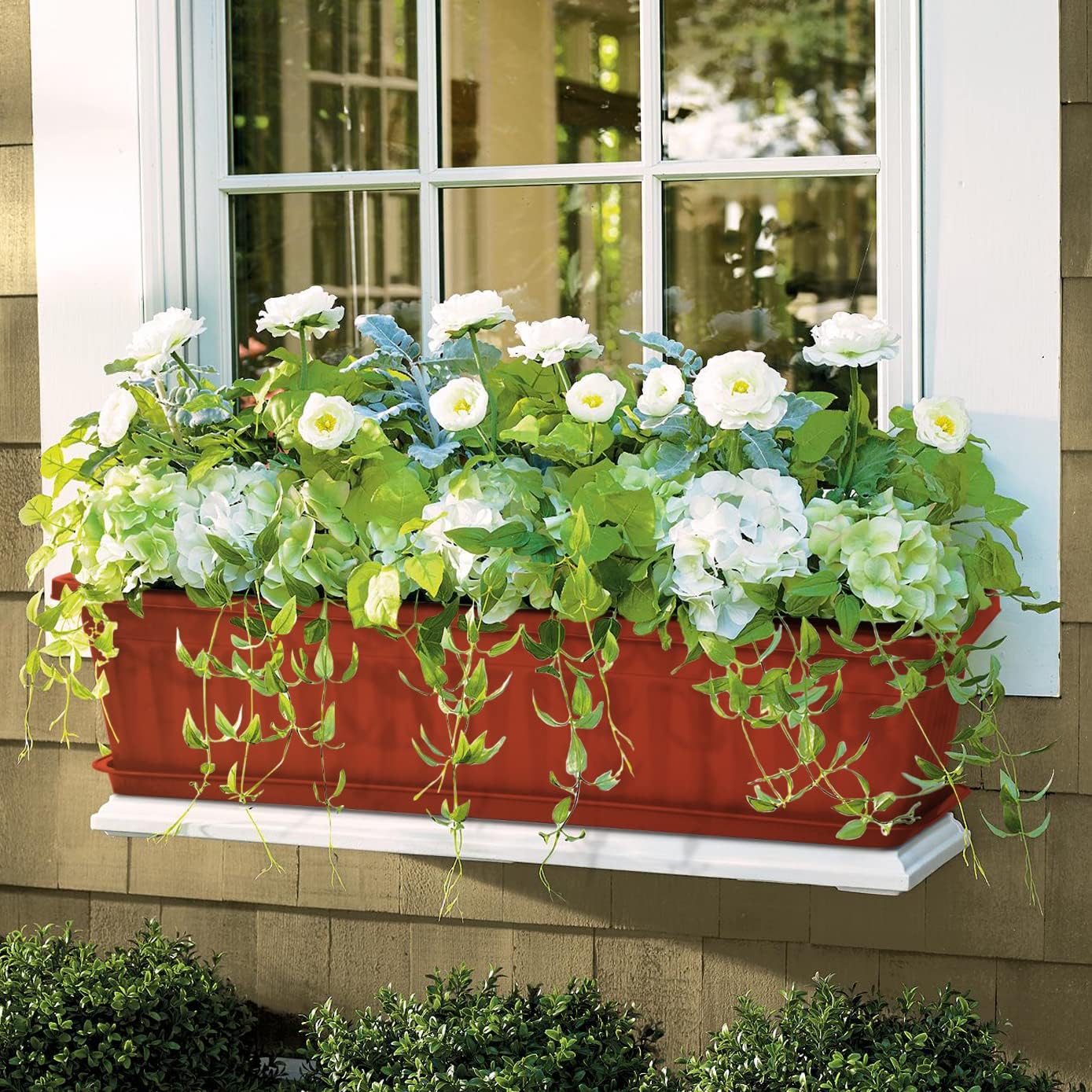
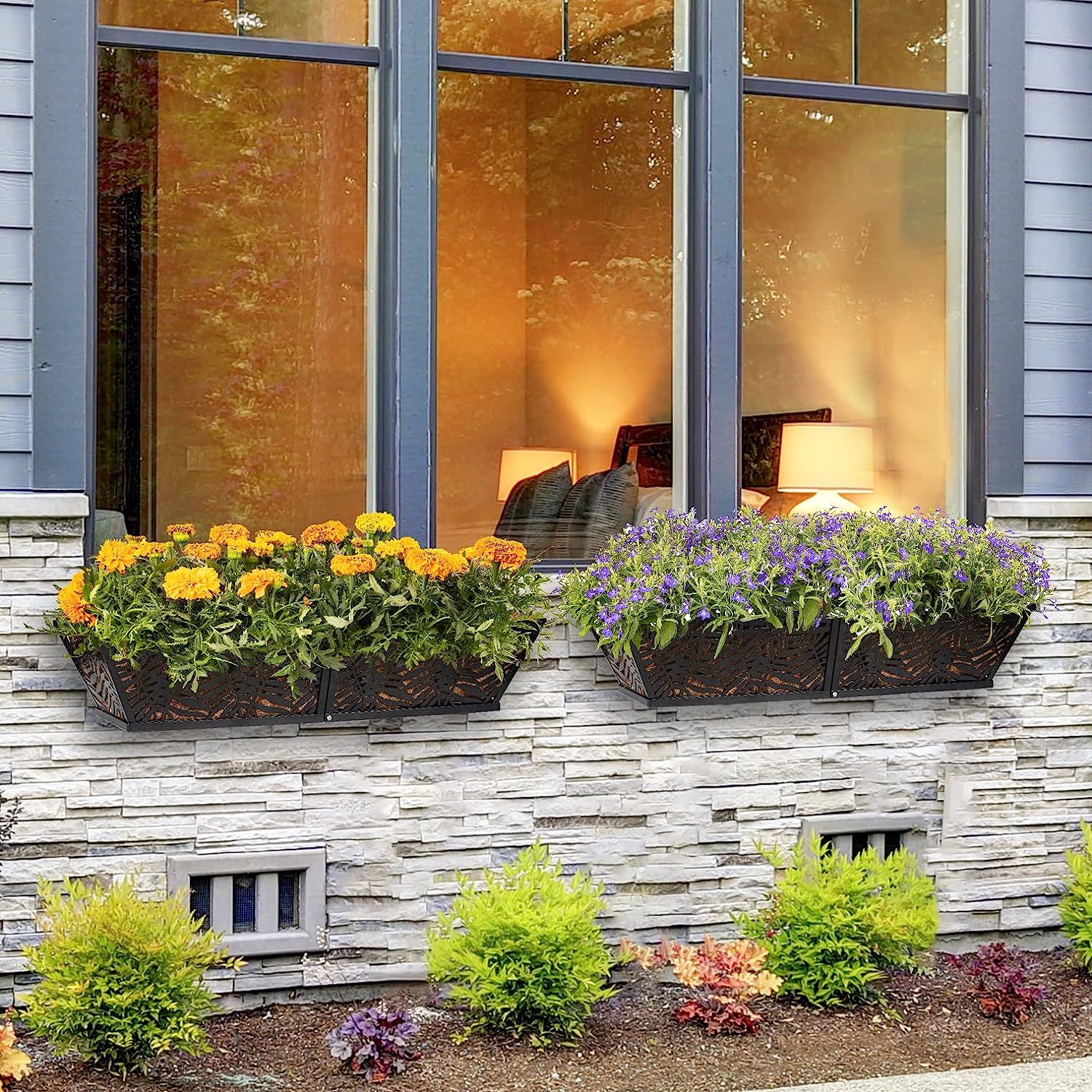
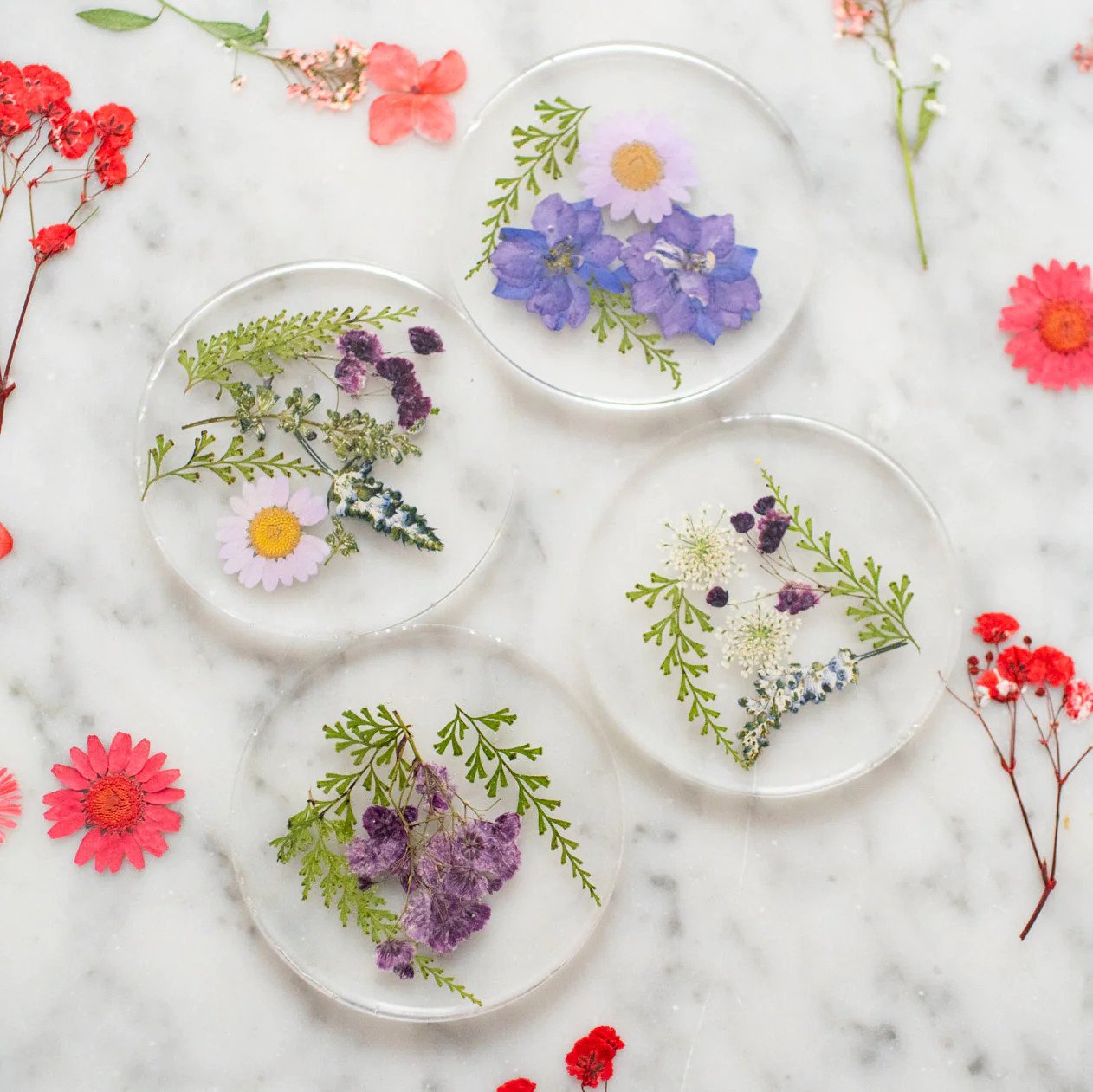
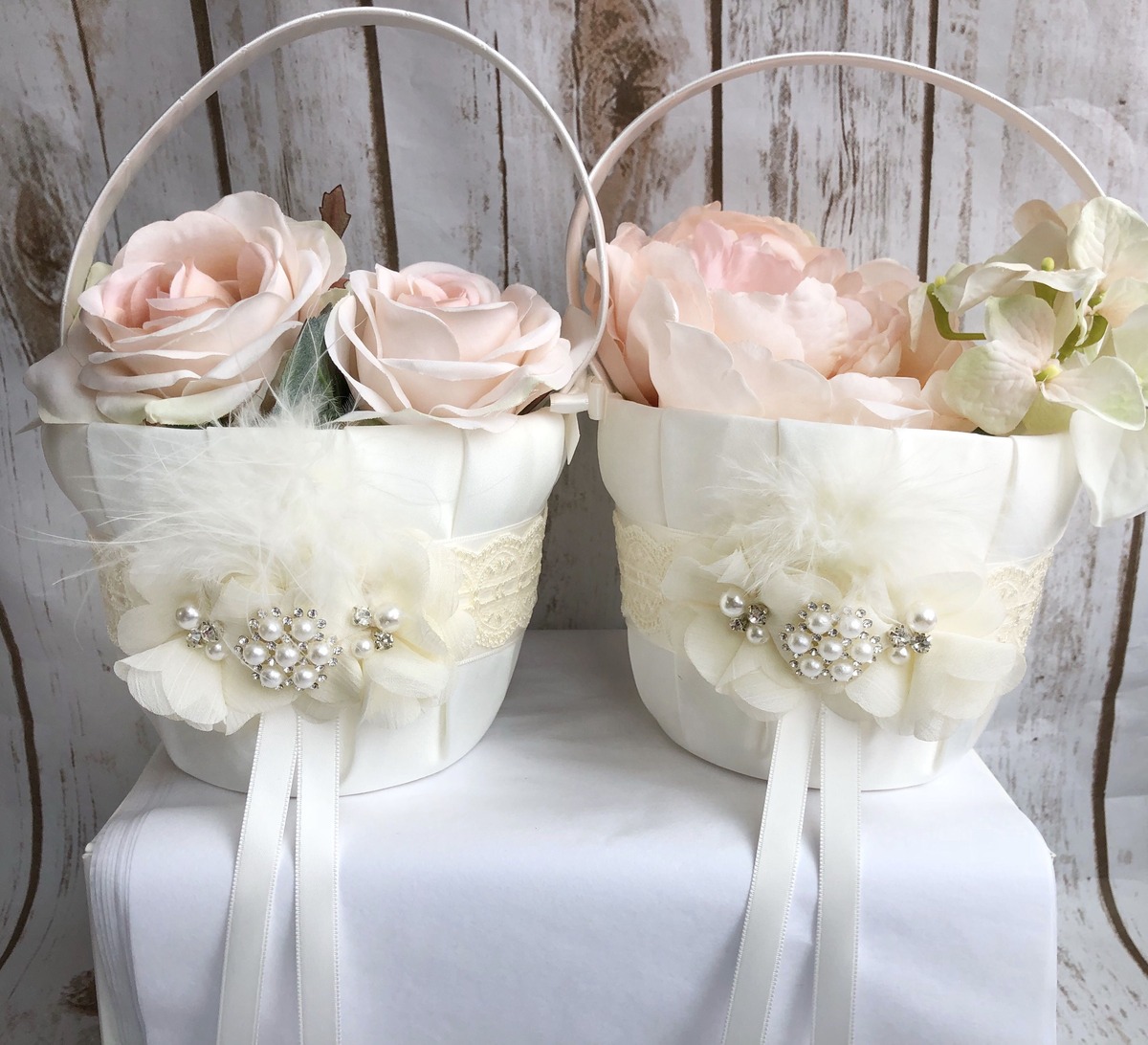
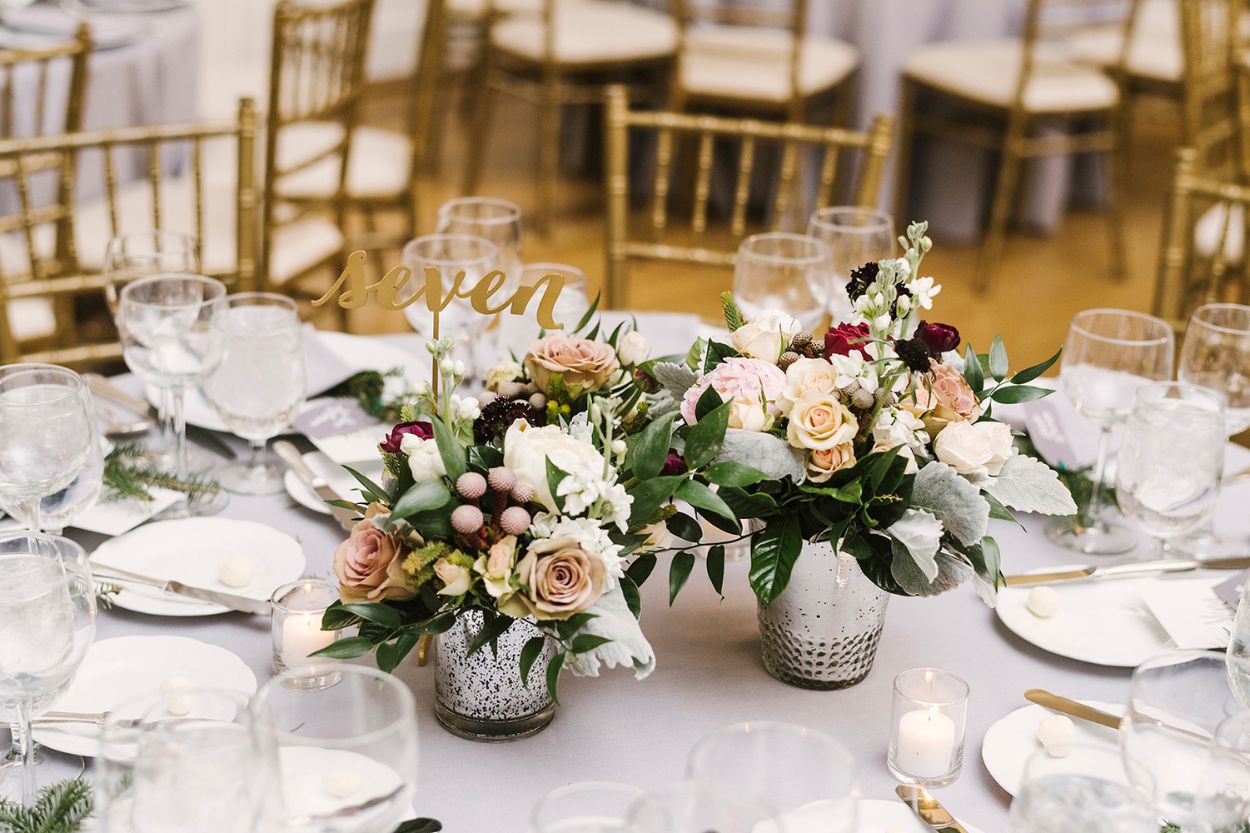

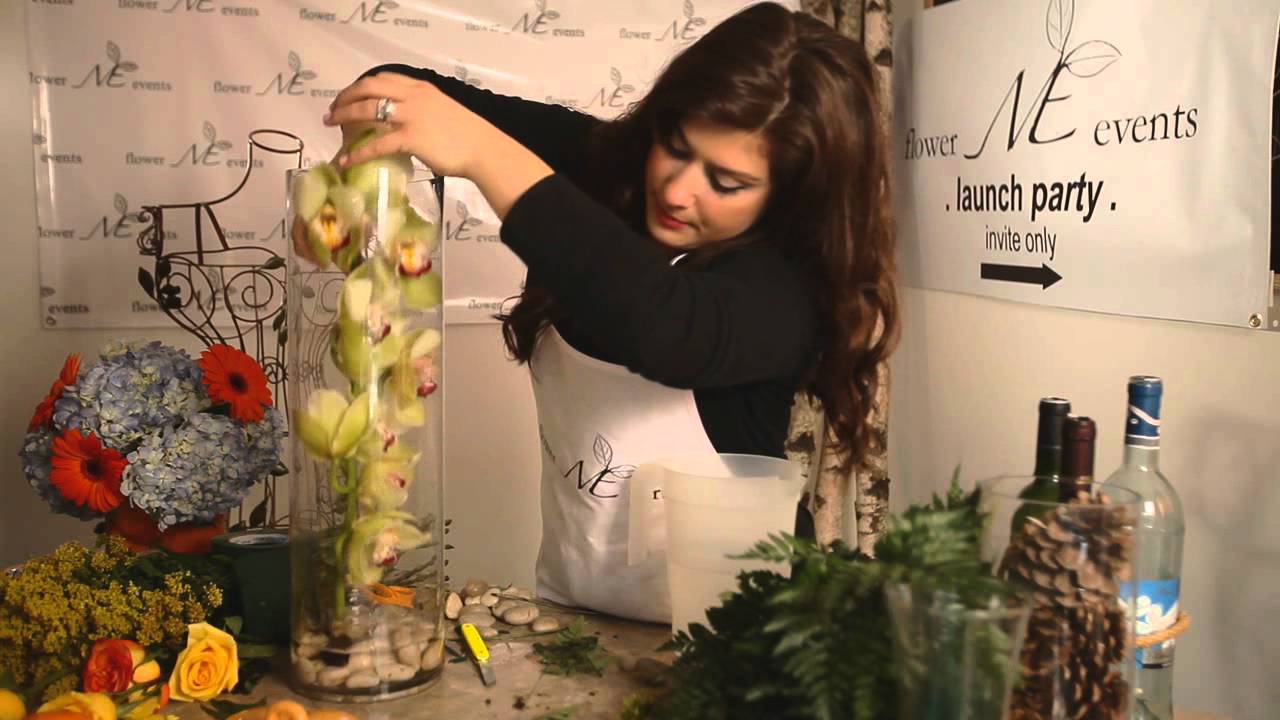

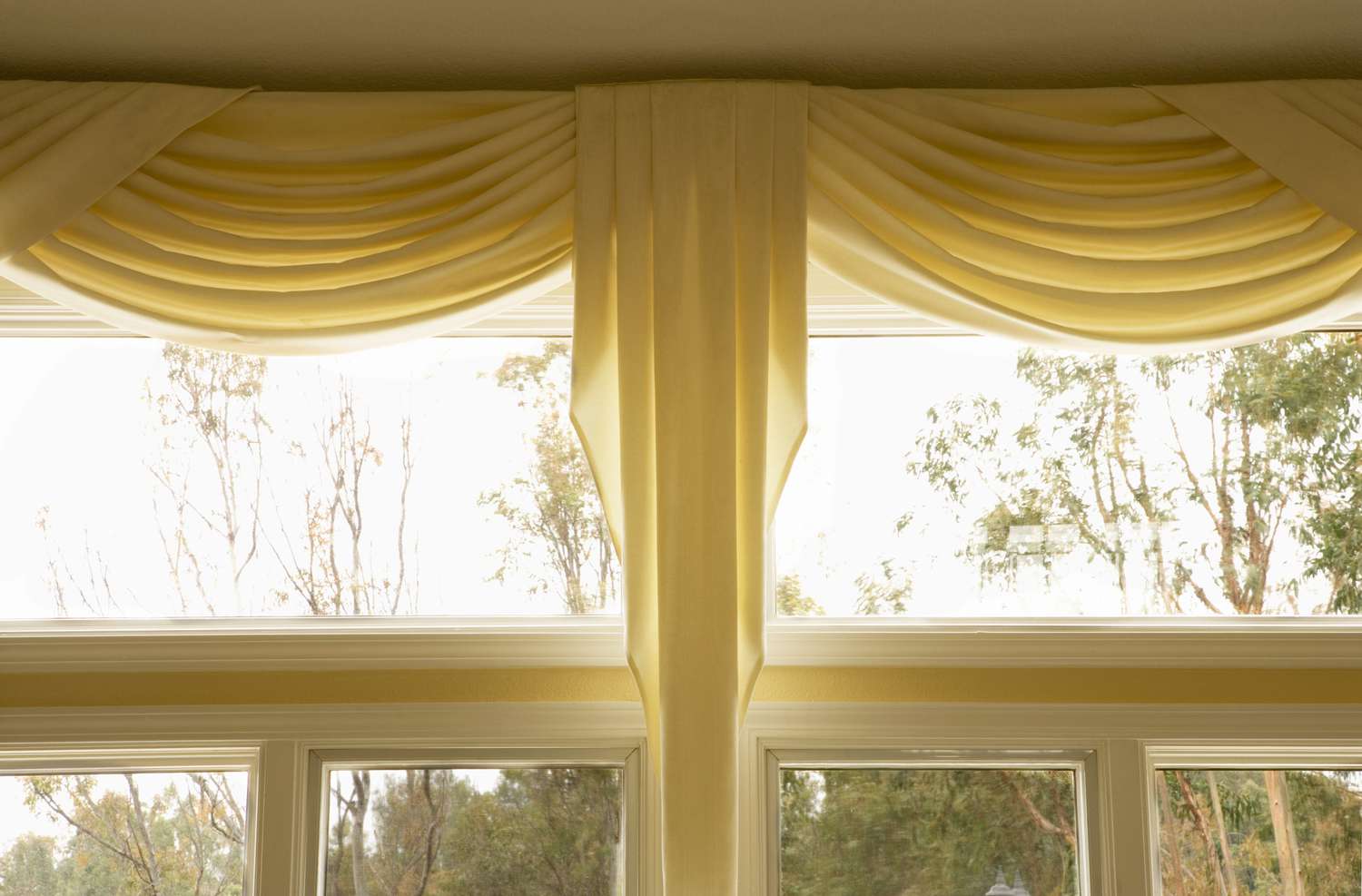

0 thoughts on “How To Make Window Flower Boxes”